Regarded as one of the most ill-tempered animals on the face of the earth, these hunts are extremely popular, and the most affordable of the African Big Five Hunting Safaris. For that reason, cape buffalo hunting is one of the most highly regarded big game hunts and a renowned member of the “big five”. Known as “Black Death” in Africa, it kills over 200 people every year. Cape buffalo are notorious as very dangerous animals, with wounded bulls ambushing hunters.
Cape buffalo are herd animals, living on the open Savannah. They can stand up to 5 feet 6 inches at the shoulder and weigh up to 2,000 lbs. Both sexes have horns, with males developing large gnarled bosses (bases), as they get mature. Despite their size, Buffalo are extremely well camouflaged in dense cover. It is much harder to close the distance on a herd of buffalo than on solitary bulls.
Where to Hunt Cape Buffalo
Both Mozambique and Zimbabwe have some excellent free range Cape buffalo hunting. The concessions here are sometimes larger than a million acres with no fences. Hunting Cape buffalo in Mozambique can be fairly intense, but the trophy potential is worth the effort. There are some HUGE bulls in this country. Most buffalo in South Africa are privately owned on private land.

Good shot placement is key on a cape buffalo hunt.
Easy to anger and hard to kill, sometimes referred to as “Black Death,” they have killed many big game hunters. Hunting cape buffalo is not for the timid!
They are most dangerous when wounded or when one of their calves are in danger. Buffalo are typically hunted on foot by tracking older, solitary bulls or small bachelor groups called “Dagga Boys” (mud boys). The best shot placement for Cape buffalo is to hit the vitals and break some bones along the way with a rifle of adequate power for hunting buffalo.
It is not common, regardless of caliber to instantly put a mature bull to the ground unless the shot hits the spine or brain. A wounded buffalo will usually break away from the herd and head to thick cover. Buffalo are one of the only animals that will purposefully circle back onto their own trail to lie in wait for their pursuer.
Your average shooting distance is between 20-60 yards, so if you make a bad shot….. maybe consider running! An angry or wounded buffalo often circles and stalks its prey. It can rip apart its opponent with its nasty, massive horns. They commonly engage in mobbing behavior when fighting off predators, so use caution when stalking to not get caught in the middle of a herd. Able to run at speeds at up to 33 miles per hour, don’t count on “shank’s mare” to escape from an enraged Cape buffalo.
Bowhunting Cape Buffalo
It is well advised that you come prepared when you plan on bowhunting cape buffalo.
Bring two well-tuned bows with appropriate spare parts, as replacements can be difficult to get in Africa. Cape buffalo require an 80–100 pound bow, arrows of 700 – 850 grains and broadheads with a minimum of two blades and 1 ½” cutting edge (i.e. kinetic energy of 80–105 foot pounds is required). Arrows can be made out of wood, fiberglass, carbon or aluminum and the shaft must have a minimum length of 19.68 inches (500 mm). Broadheads must not have any moving parts, barbs or serrated edges.
- Bow Kinetic Energy: 65 ft/lbs
- Arrow Weight: 450 grains
This type of setup my bow should produce over 80 foot pounds of Kinetic Energy which, so long as I don’t screw up, is plenty to punch through a cape buffalo’s tough hide and ribs, and when you combine that KE with tons of momentum from a solid heavy arrow with plenty of FOC, that should keep them moving right on through the animal. So realistically for cape buffalo hunting with a bow, this setup should not have any issues.
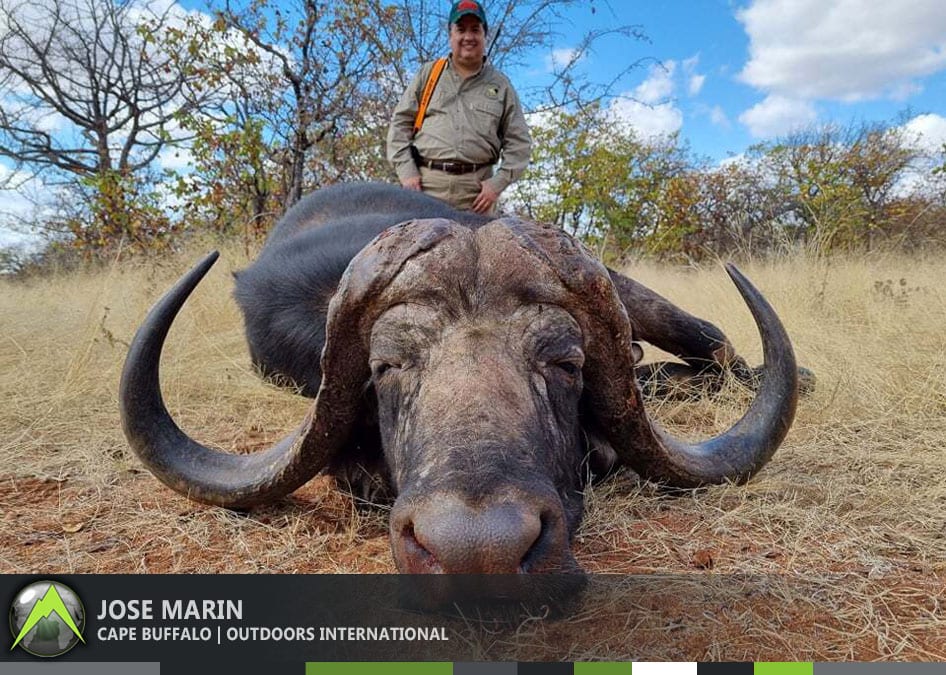
Trophy Judging Cape Buffalo
They aren’t particular hard to score. A good buff is an old buff, but maybe you’re looking for a wide buff, or maybe one with big bosses. You might be looking for one that hooks way back, or one with deep drops. It might be an old scarred up, ripped eared, busted horn tips, battle hardened warrior that gets you going. For many it’s about the experience, of a good, tough hunt against a worthy adversary.
Scoring cape buffalo is fairly easy.
A trophy bull should have a thick, heavy boss that runs out and down (the deeper the curl the better) past the ears before curling up and back in again. The points of the horns should then raise upwards and backwards, the higher the better. As a rule, the further past the ears the outer upward curl of the horns are, the better the trophy. Rowland Ward measurement is based upon the spread of the horns while SCI measures the total length plus both bosses.
- Minimum Rowland Ward Score: 42″
- Minimum SCI Score: 100″
Live Like You Mean It
Contact Us
We've helped thousands of OI clients plan their adventures
Our team of professional consultants are ready to help you research, book and plan an amazing trip with one of our amazing outfitter partners around the world.
I didn't think an experience like this was possible.
This trip, was, for me at least not just a trip, for me it was a real adventure, a real experience. I love the wilderness and this trip afforded me the opportunity to connect with the Alaskan wilderness in ways very few people do. It was an experience I will never forgot in a place I can’t wait to get back to.Oliver Fischer
The outfitter handled everything perfectly.
We were thankful that Outdoors International hooked us up with a great outfitter because they were able to find us an acceptable alternate on short notice. Overall the two year process to get this float in was seamless and worry free. Just like it should be.Thank you, Stan Masneri
What an amazing experience!
The lodge was out of this world! Our rooms, the delicious food, the incredible wildlife and the scenery were amazing. Our photo safari guide was truly exceptional and had us on animals almost constantly. We saw over 30 different species and had some incredible up close experiences. Africa is amazing!Scott Navares
Copyright 2005-2025 © Outdoors International™ · All Rights Reserved.
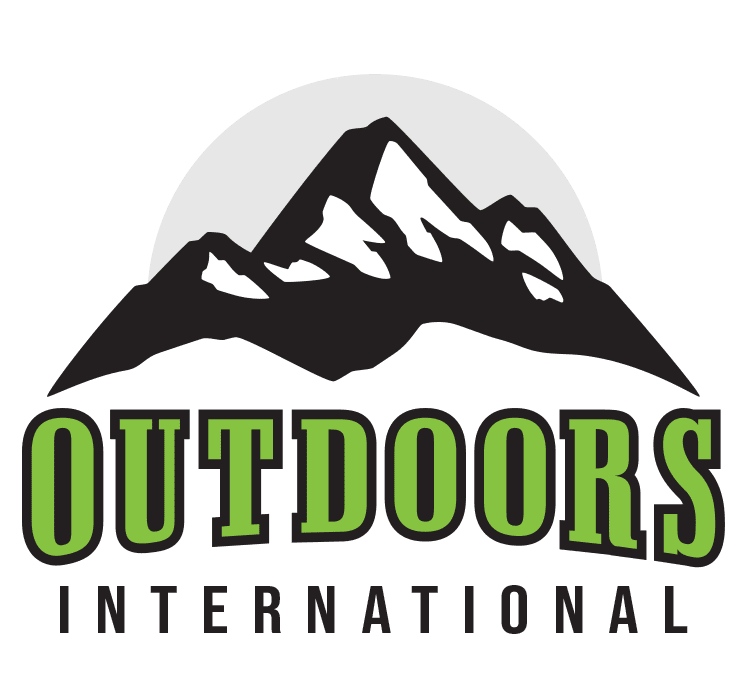

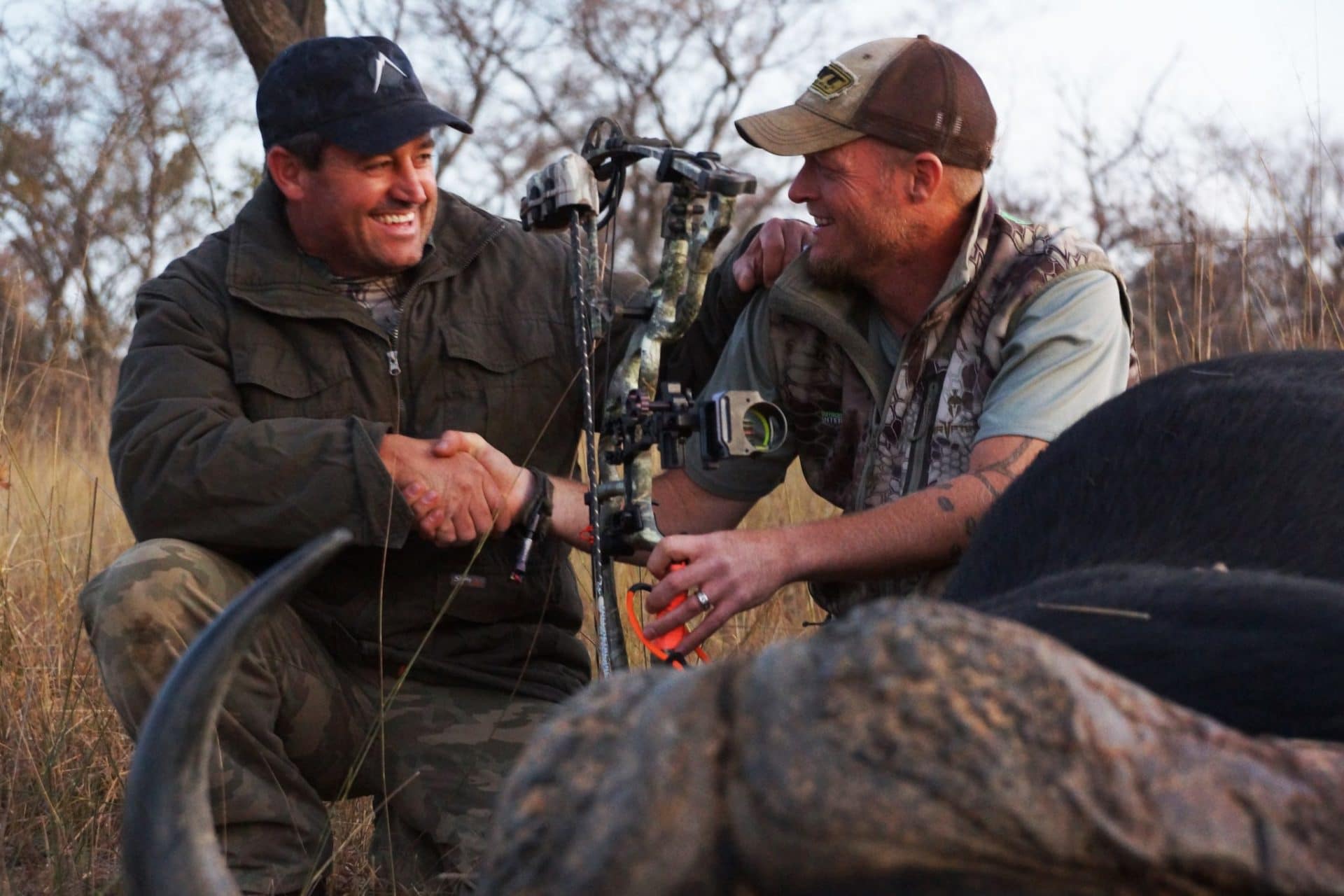
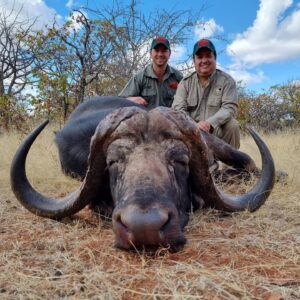
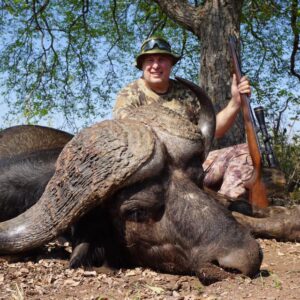
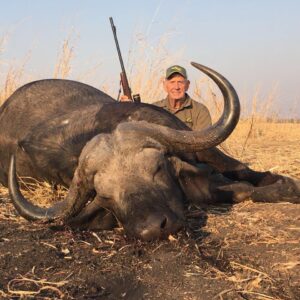
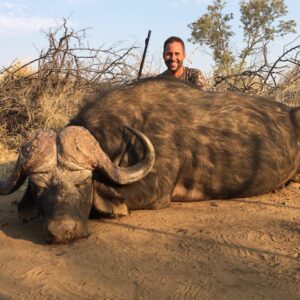


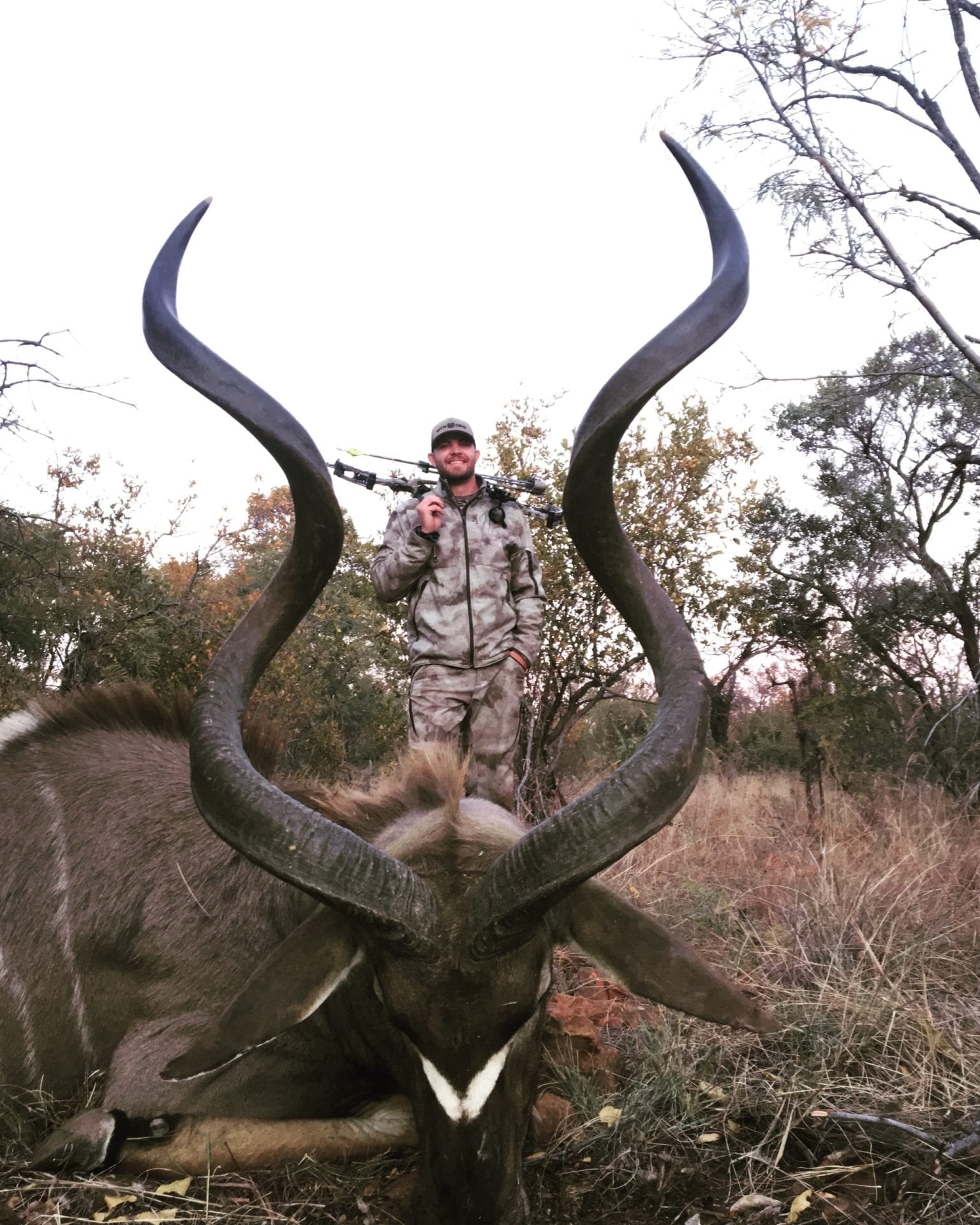
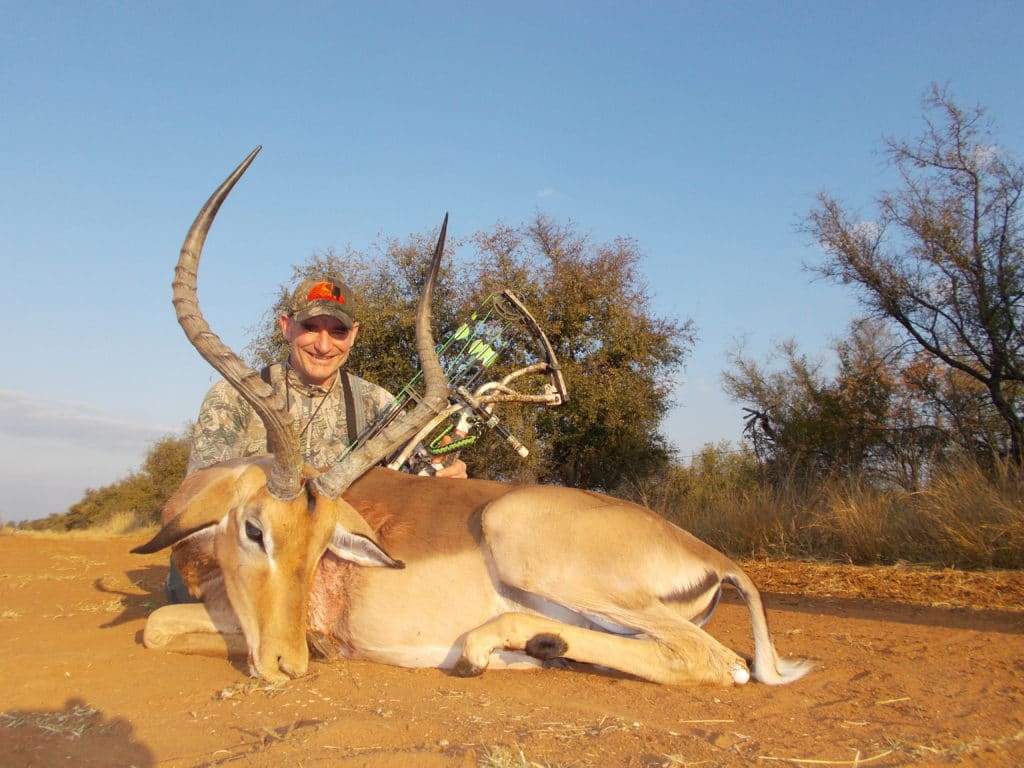
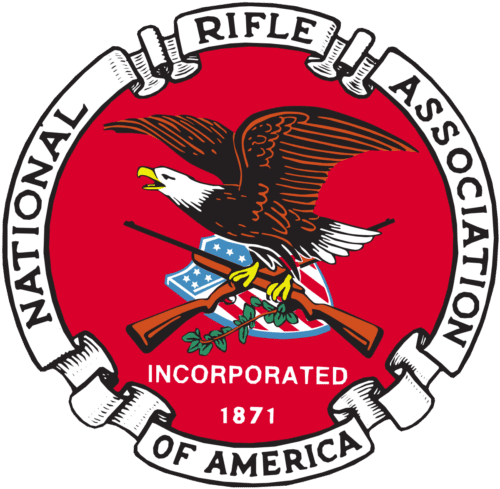
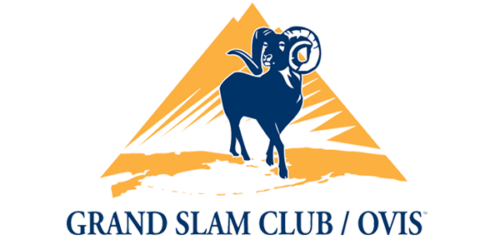


Pingback: What is the baddest animal on earth? - Animals, natural world, earth, life - Page 18 - City-Data Forum
Pingback: The Leopard - Africa's Prince of Darkness
Pingback: [PODCAST] Take Your Family on an African Safari
Pingback: The roan is one of the largest species of African antelope
Pingback: [PODCAST] Zebra Hunting, Dung Beetles and Politics
Pingback: Cape Buffalo with a Bow - Black Death in the Limpopo